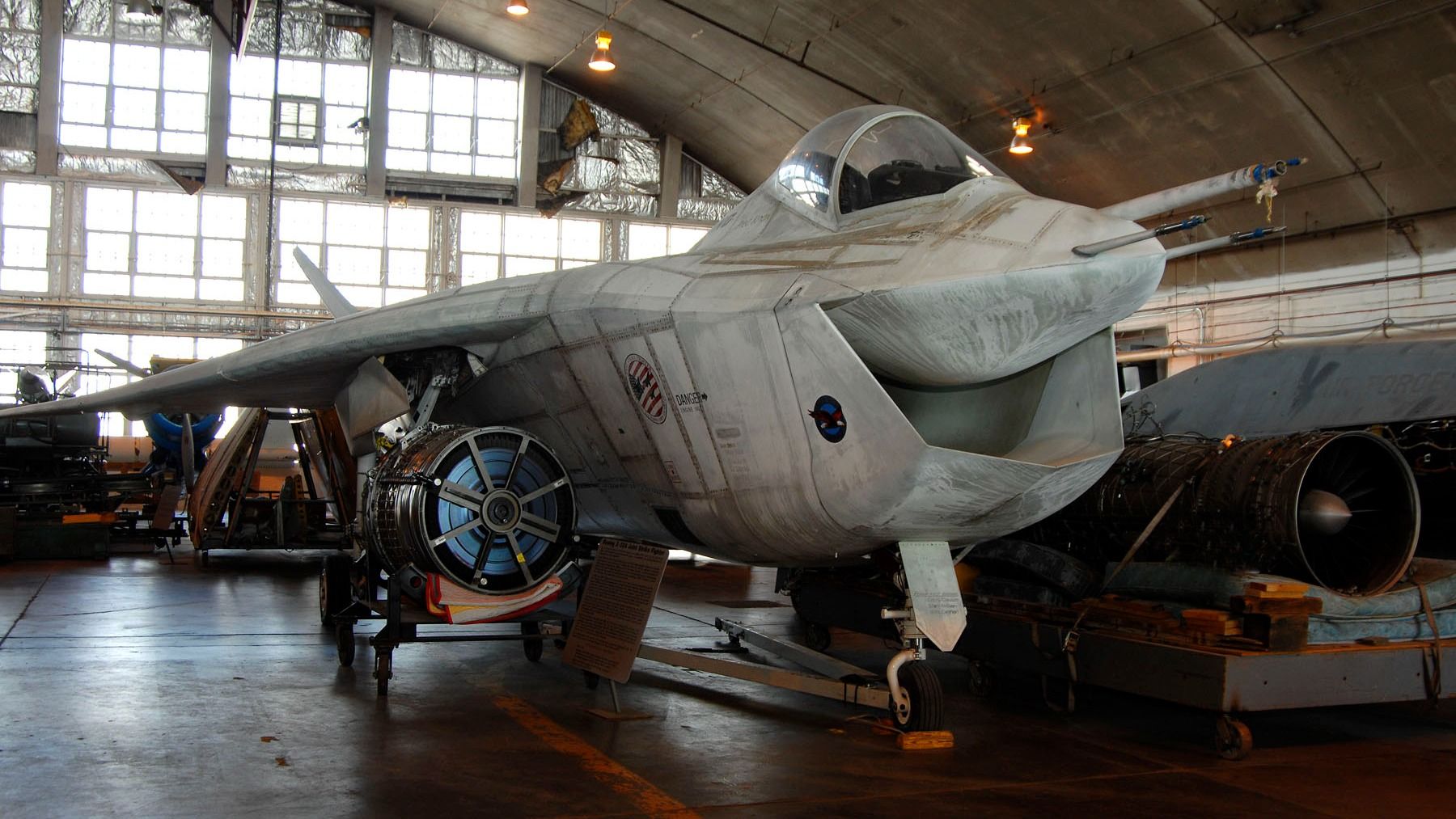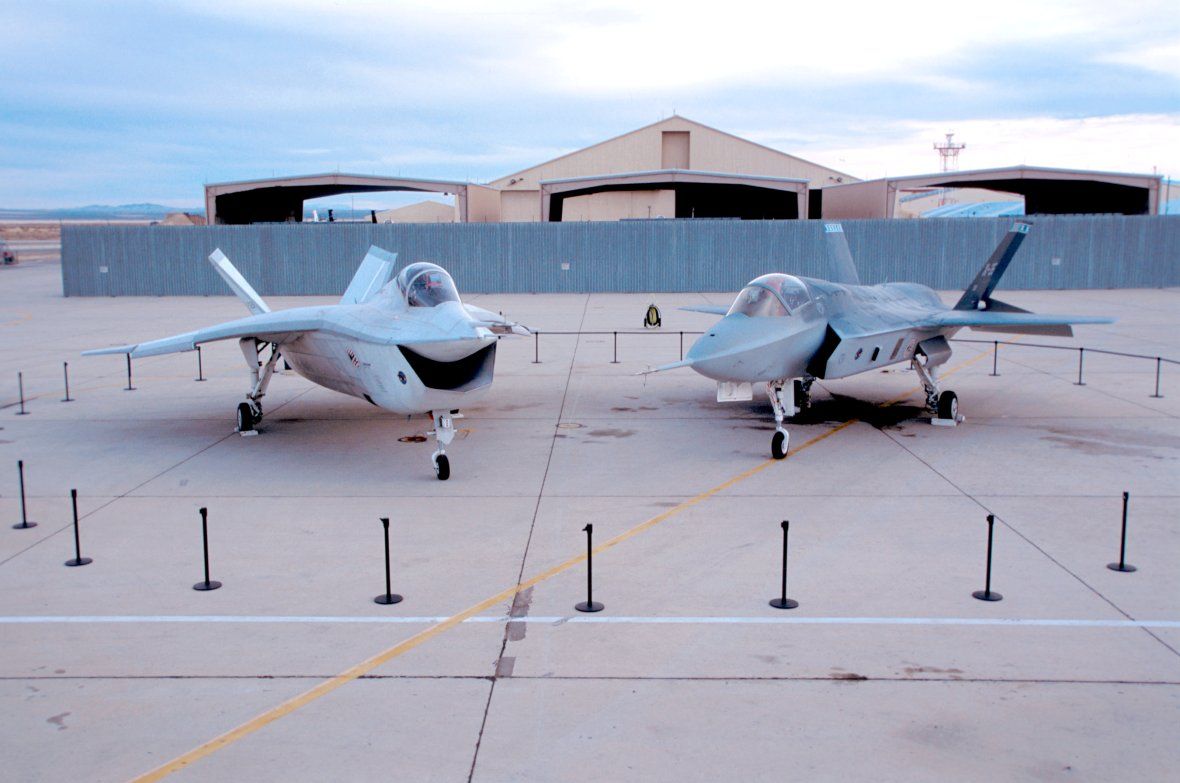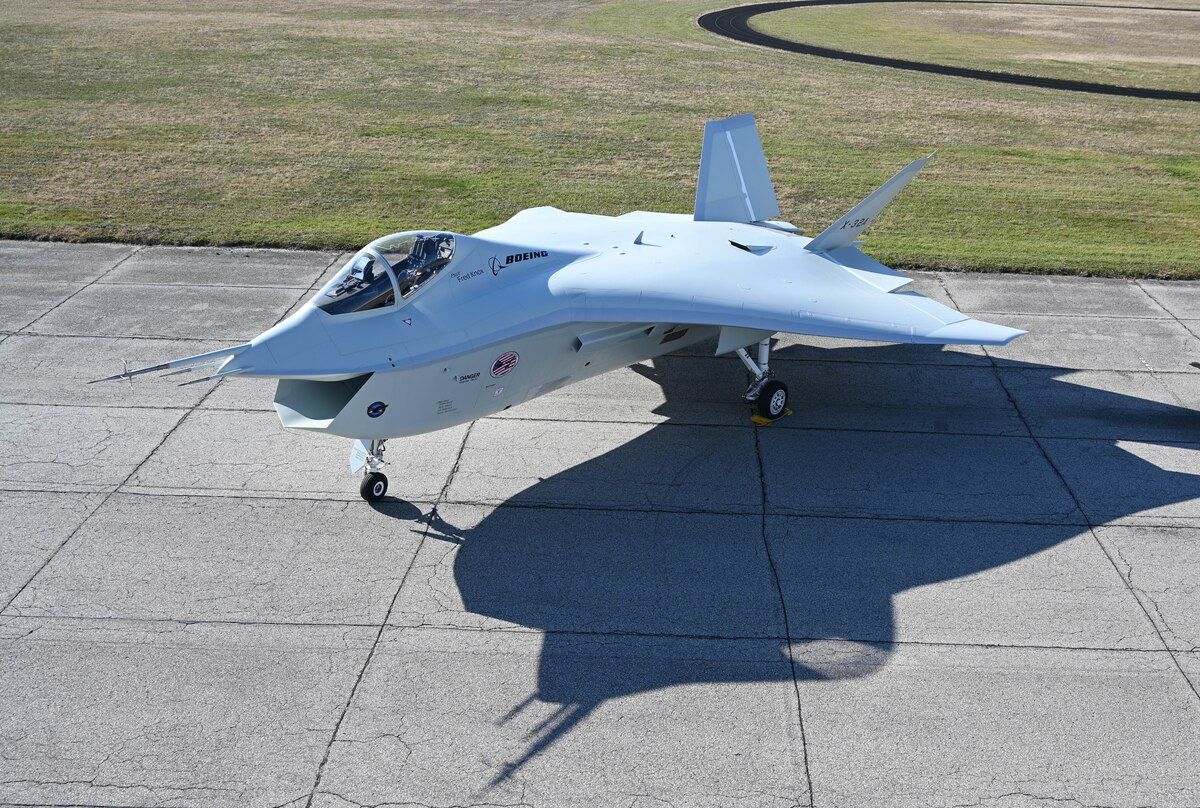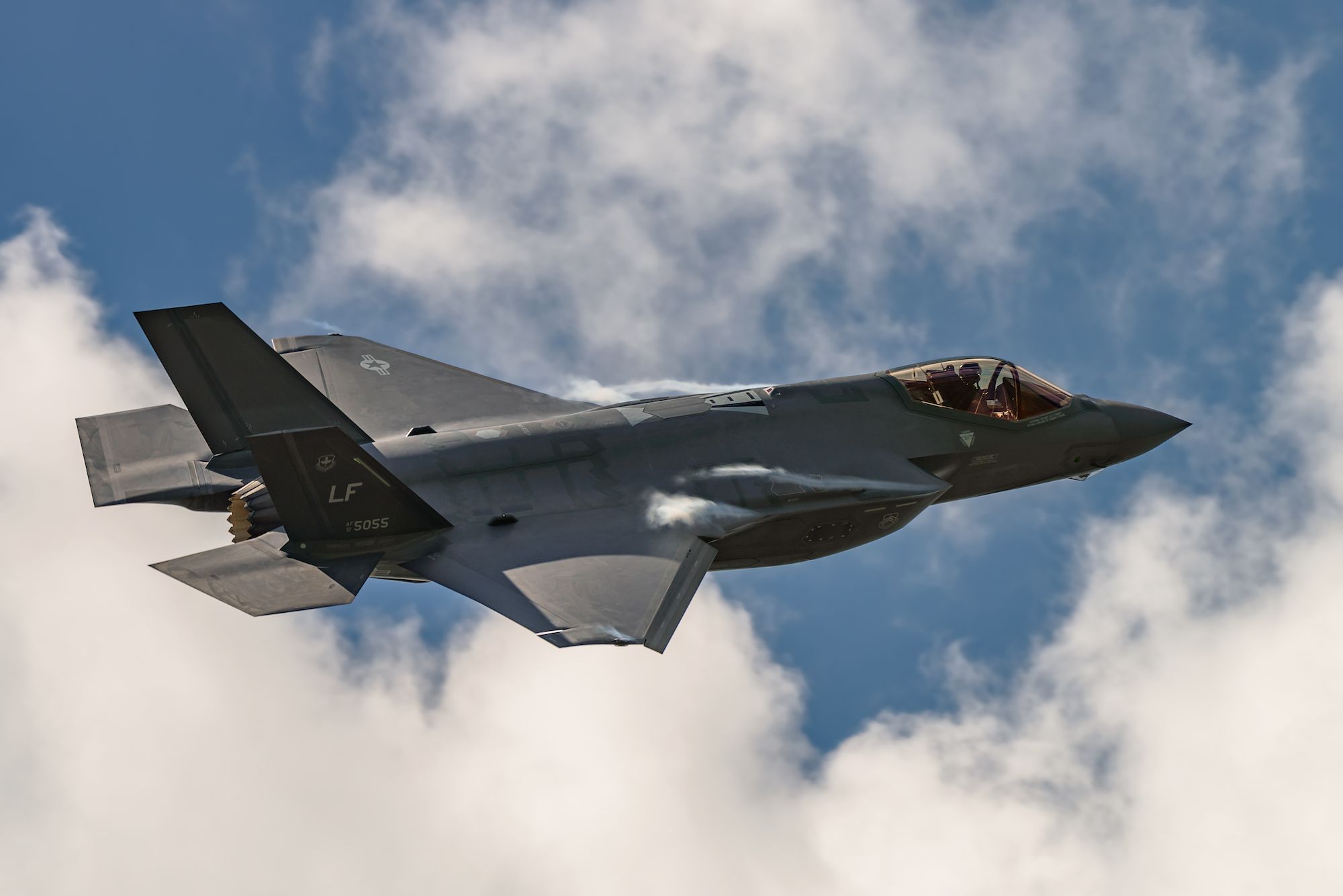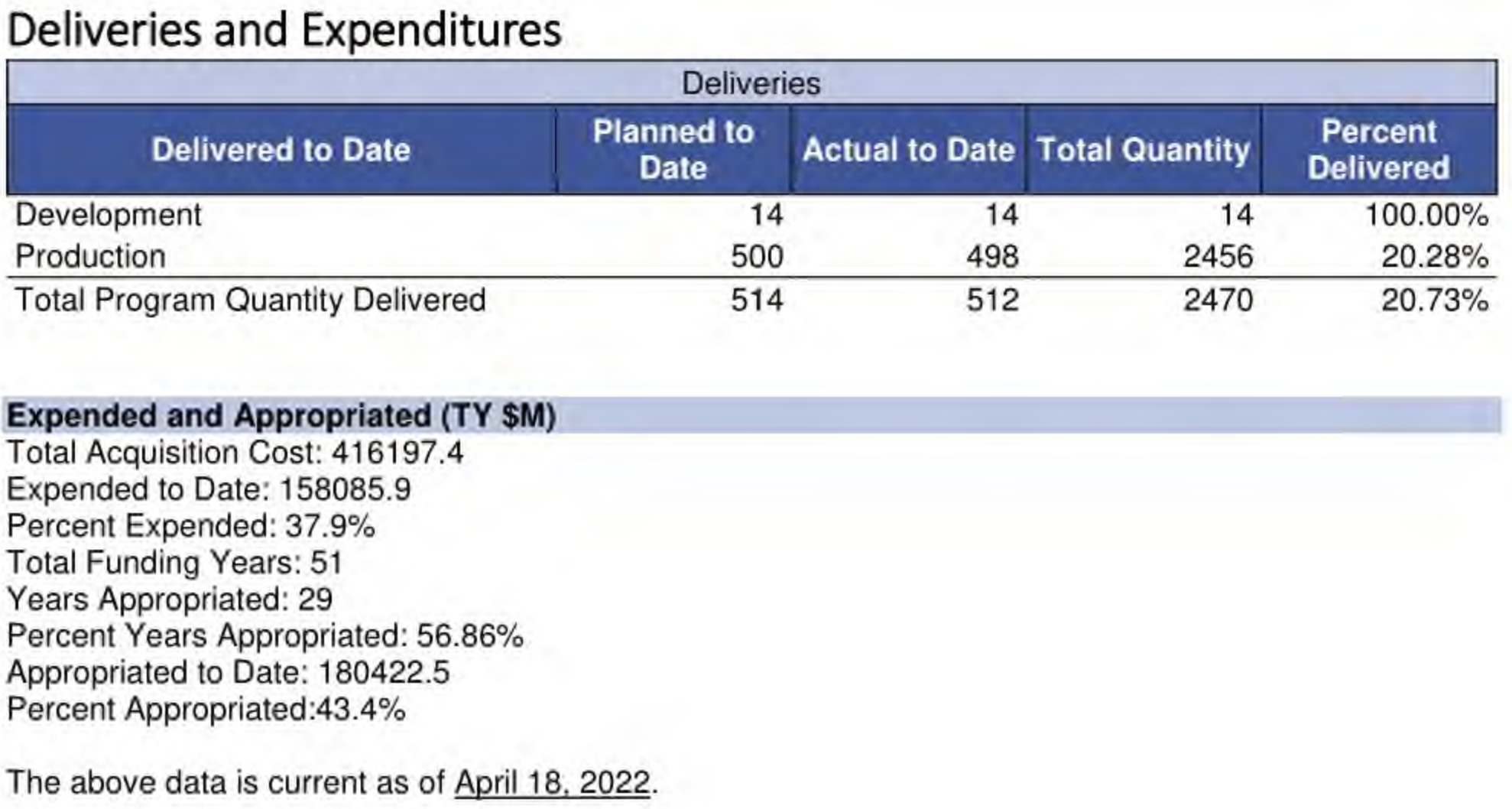Summary
- The Lockheed Martin F-35, which debuted in 2006, is now a prominent symbol of the US air power and fighter jet fleet.
- Boeing’s X-32 was a competitor to the F-35 in the Joint Strike Fighter program but lost the contract to Lockheed Martin’s design.
- Boeing considered the JSF program a strategic investment that led to stealth technology and design advancements.
Since debuting in 2006, the Lockheed Martin F-35 has become an icon of the United States (US) air power and fighter jet fleet. The F-35’s roots trace back to the Common Affordable Lightweight Fighter (CALF) project, later merged into the Joint Strike Fighter (JSF) program in the 1990s. In the end, Boeing and Lockheed Martin presented the X-32 and X-35 concept demonstrators, respectively, for the air forces of several countries to choose a final design.
According to the US Department of the Navy (DON), the final design was eventually awarded to the X-35 when Lockheed Martin was awarded the System Development and Demonstration (SDD) contract in October 2001.
Developing the Boeing X-32
- Crew: One
- Length: 45 ft 0.1 in (13.72 m)
- Wingspan: 36 ft 0 in (10.97 m)
- Height: 17 ft 3.8 in (5.28 m)
- Max takeoff weight: 38,000 lb (17,200 kg)
- Powerplant: 1 × Pratt & Whitney YF119-PW-614 afterburning turbofan
- Thrust: 28,000 lbf (120 kN) thrust dry, 43,000 lbf (190 kN) with afterburner
For Boeing, defense has always been a significant part of its business. For example, it acquired McDonnell Douglas in 1997. According to the company’s Securities and Exchange Commission (SEC) filings, commercial aircraft-related operating revenues accounted for 56% and 59% of Boeing’s total revenues in 1996 and 1997, respectively.
Boeing continued to develop the X-32, reaching significant milestones throughout the late 1990s and early 2000s. In December 1998, the company announced that it had completed a final design review for the fighter jet, with details of the airframe, propulsion, subsystems, support systems, and flight testing plans being finalized. Boeing built two X-32s, an X-32A and an X-32B, scheduling their first flights in 2000.
Photo: U.S. Air Force
The X-32A will show how its design “meets the U.S. Air Force’s need for an aircraft that operates from conventional airfields, and the U.S. Navy’s need for one that operates from aircraft carriers.” Meanwhile, the X-32B “will demonstrate the unique short-takeoff and vertical-landing capabilities required by the U.S. Marine Corps and U.K. Royal Navy.”
- Maximum speed: 1,200 mph (1,931 km/h, 1,000 knots) at altitude
- Maximum speed: Mach 1.6
- Range on USAF mission profile: 850 NM (1,574 km)
- Range on USN mission profile: 750 NM (1,389 km)
- Range on USMC/RN mission profile: 600 NM (1,112 km)
The X-32A operated its first flight in September 2000, with Boeing’s JSF Chief Test Pilot Fred Knox remarking that the aircraft was “a pleasure to fly.” A few months later, the X-32A broke through the sound barrier, marking the completion of its first supersonic flight on December 21, 2000. Boeing completed flight testing of the X-32A in February 2001.
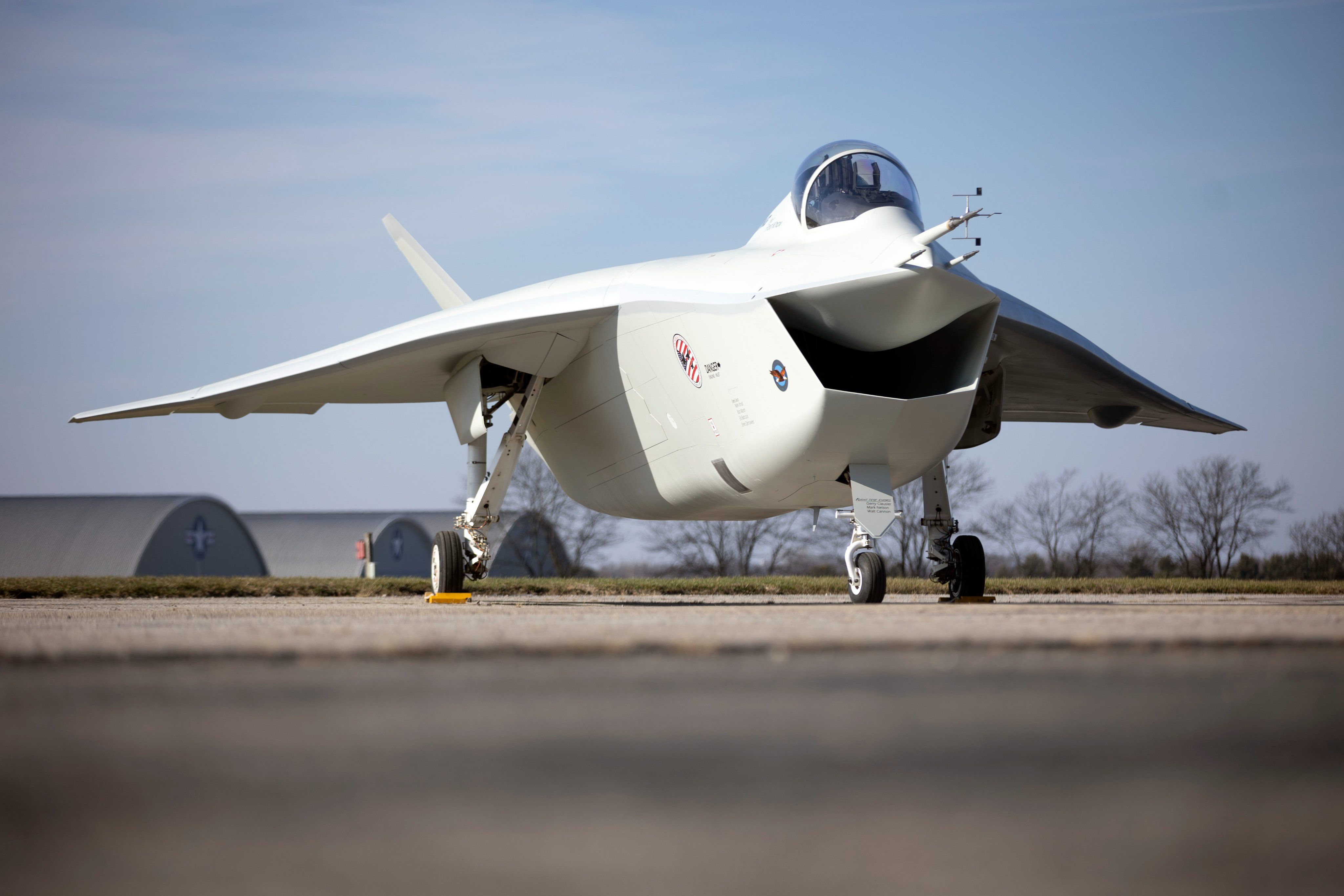
Related
Fully Restored Boeing X-32A Rolls Out Of The Hangar At The USAF National Museum
The fighter jet demonstrator has been given a new lease of life.
- Guns: 20 mm M61A2 cannon, 27 mm Mauser BK-27 cannon
- Missiles: 6 AMRAAM air-air missiles, 2 AMRAAM air-air missiles
- Bombs: 2 x 2,000 lb (900 kg) class guided bombs
-
External hardpoints: 15,000 lb (6,800 kg) of a full range of external stores
- Guided weapons
- Anti-radiation missile for enemy suppression missions
- Air-to-surface weapons
- Auxiliary fuel tanks
Photo: National Museum of the US Air Force
Losing the contract to the F-35
However, despite Boeing’s best efforts, the SDD was awarded to Lockheed Martin. According to Boeing’s 2001 annual report, the company booked a $46 million charge “with the Joint Strike Fighter program and idle manufacturing assets.” In its annual report for 2001, Lockheed Martin said that after winning the contract, it recorded an order worth $18 billion.
“During the SDD phase, the Lockheed Martin-led team will produce 22 aircraft (14 flying test aircraft and 8 ground test aircraft).”
The company estimated that low-rate production of the fighter jet, which was “envisioned to be a cornerstone of future defense capability for the U.S. and its allied partners,” would begin in 2005-2006. Lockheed Martin planned to produce the F-35s at a higher rate starting in 2012.
Photo: jgorzynik | Shutterstock
Boeing’s historical product overview stated that the X-32A and X-32B conducted 66 and 78 test flights, respectively. While the manufacturer did not win the JSF contract, the company said it had viewed it as a “strategic investment.” That was because the program resulted in “many advances in stealth technology and design and manufacturing methods,” with the company’s achievements being used on the F/A-18E/F Super Hornet and the X-45a Unmanned Combat Air Vehicle (UCAV).
Image: US Department of Navy (DON)
Seating one pilot, the X-32A and X-32B had a maximum range of between 600 and 850 nautical miles (1,111 and 1,574 kilometers), with a wingspan of 30 feet (9.1 meters). It was powered by a single Pratt & Whitney JSF-119-PW-614 turbofan, which produced more than 42,000 pounds of thrust to lift the concept demonstrator into the air, whose takeoff weight was 50,000 pounds (22,679 kilograms).
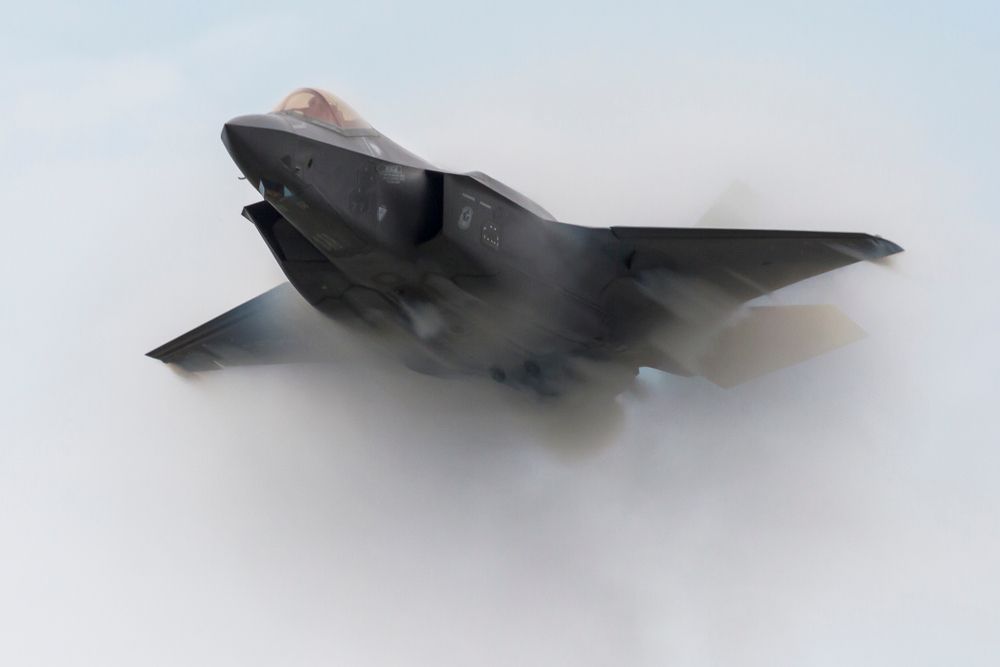
Related
USAF F-35 Deliveries Will Resume Without Full TR-3 Software Upgrade
The DoD is set to start receiving F-35 jets even without the full TR-3 tech refresh upgrade completed on them.

